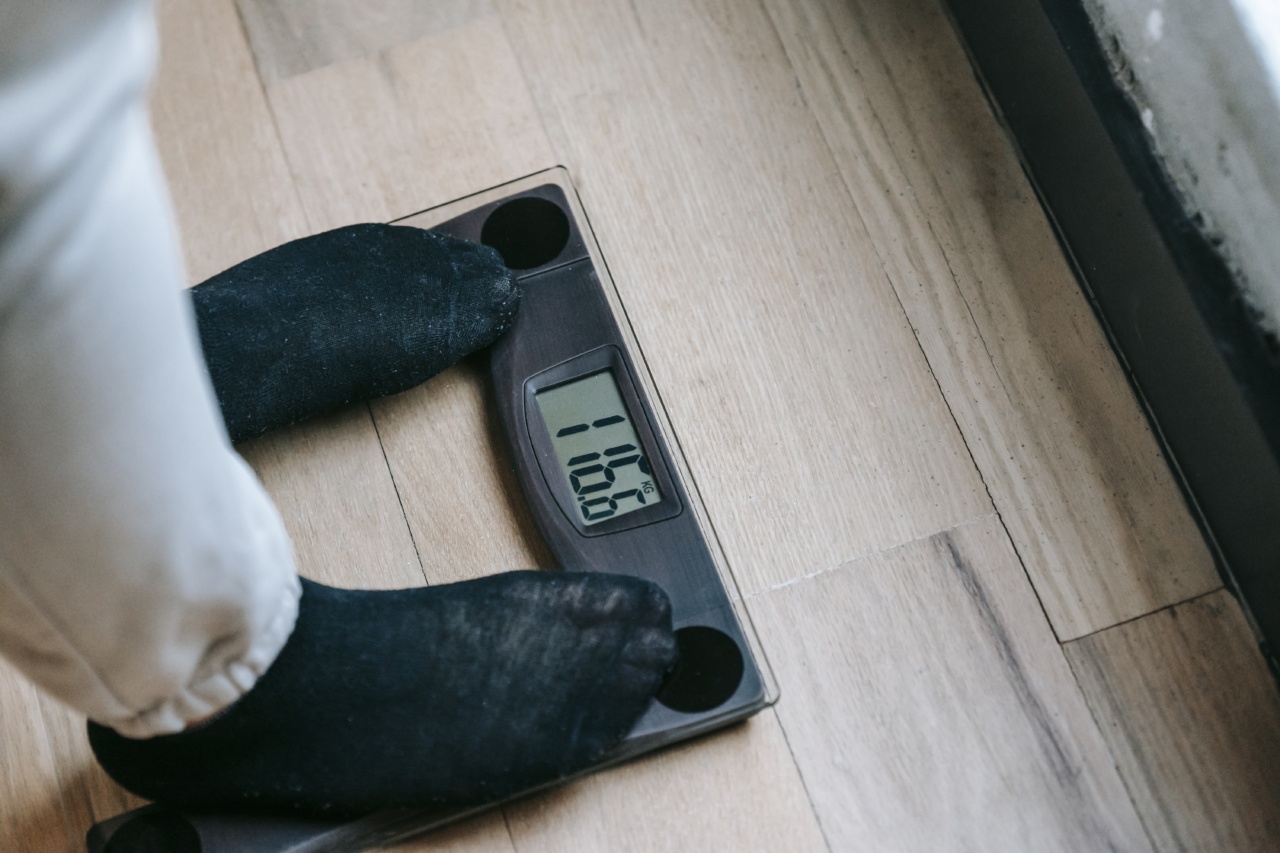Walking is one of the simplest and easiest exercises to incorporate into your daily routine. It requires no special equipment, no gym members, and you can start wherever you are.
Walking for weight loss not only helps you shed pounds, but it also improves your cardiovascular health, strengthens your muscles, and boosts your mood. However, the question remains, how many steps do you need to take to lose weight? What is the magic number of daily steps?.
What is the Recommended Daily Step Count?
The recommended daily step count varies according to age, gender, weight, and lifestyle. However, a common target is 10,000 steps per day.
This number is attributed to the marketing campaign of a Japanese pedometer company, which promoted the idea of walking 10,000 steps a day to improve health and fitness in the early 1960s. The idea caught on, and nowadays, 10,000 steps are considered the gold standard for daily physical activity.
10,000 steps may sound like a lot, but it is achievable with some strategy and consistency. It is equivalent to approximately 8 kilometers or five miles, depending on your stride length.
If you have a sedentary lifestyle, you may start with a lower number and gradually increase your step count over time. The key is to move more and sit less.
How Many Steps Do You Need to Lose Weight?
Walking 10,000 steps a day is a good target for maintaining your weight and improving your overall health. However, if you want to lose weight, you may need to take additional steps or incorporate other forms of exercise into your routine.
A calorie deficit is necessary for weight loss, which means you need to burn more calories than you consume. Walking burns calories, but the exact number depends on various factors such as your weight, speed, and terrain.
On average, walking at a moderate pace of 3 miles per hour burns approximately 300 calories per hour. Therefore, walking 10,000 steps a day may burn up to 500 calories a day, depending on your individual factors.
However, keep in mind that weight loss is not just about burning calories but also about building muscle, changing your diet, and adopting healthy habits.
How to Increase Your Daily Steps?
Increasing your daily step count is not rocket science, but it requires some effort and planning. Here are some tips to help you boost your step count:.
1. Take the Stairs Instead of the Elevator
If you work or live in a building with stairs, take advantage of them. Climbing stairs is an effective way to get your heart rate up and burn calories. Start with a few flights, and gradually increase the number over time.
If you cannot climb stairs, try doing lunges or squats instead.
2. Park Farther Away from Your Destination
Instead of looking for the closest parking spot, choose one that requires you to walk a bit. This way, you will get some extra steps in your daily routine. If you use public transportation, get off a few stops earlier and walk the rest of the way.
3. Walk on Your Lunch Break
Instead of sitting at your desk or in the break room during lunch break, take a walk outside. Not only will you get some fresh air and vitamin D, but you will also burn some calories and boost your productivity for the rest of the day.
4. Use a Pedometer or Fitness Tracker
A pedometer or fitness tracker can help you monitor your daily steps and motivate you to achieve your goals. Some devices even send reminders and alerts if you have been inactive for too long.
5. Join a Walking Group or Challenge
Walking with a group of friends, family, or colleagues can make the experience more enjoyable and keep you accountable. You can also join a walking challenge or competition to motivate yourself and challenge your limits.
The Bottom Line
Walking is a simple yet effective form of exercise that can help you lose weight, improve your fitness, and boost your overall health.
While the recommended daily step count is 10,000 steps, you can adjust it according to your individual goals and lifestyle. Increasing your daily step count can be fun and easy with some creativity and determination. Remember to start small and gradually increase your steps over time. Consistency is the key to success.




























